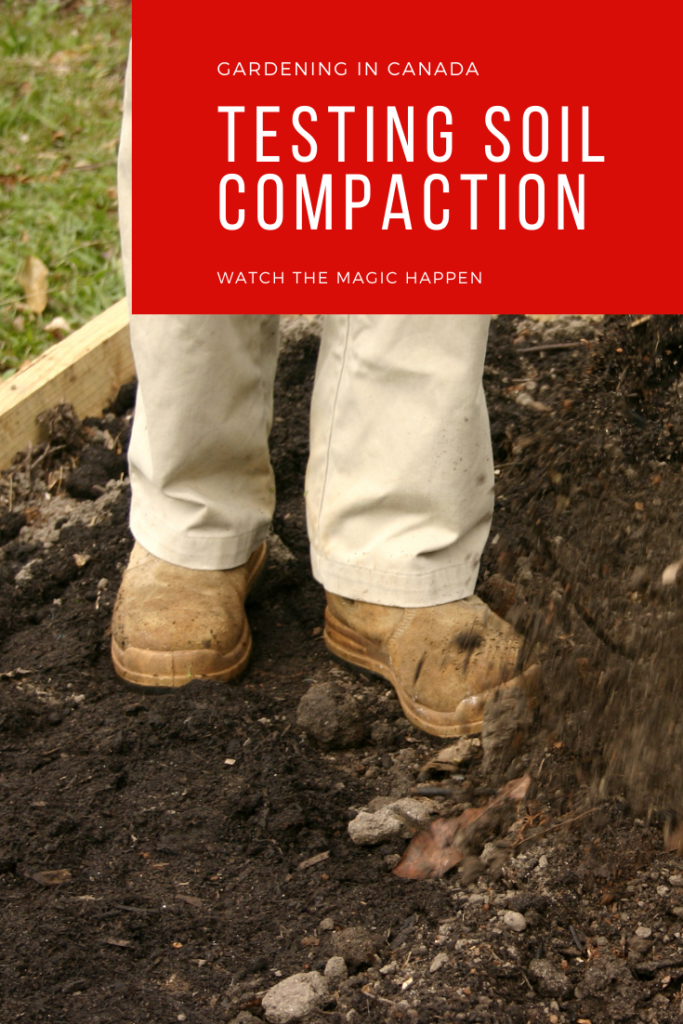- Canada’s Growing Zones Are Changing 2024 - January 12, 2024
- Attracting Wildlife To The Garden - May 16, 2023
- How To Garden Near A Septic Tank - May 9, 2023
Soil compaction can affect many functions in both the soil and the plants. A good rule of thumb is that plant roots penetrate soil based on pounds per square inch. Not all roots are the same, for example, a tap root can break through 300 PSI resistance in some cases.
When using a professional penetrometer, we are looking for three psi ranges. The perfect range goes 0 – 200 PSI meaning no remediation is needed. 200 PSI -300 PSI being the middle range and where things like cover cropping and using icicle radishes will help solve the issue. The danger zone is 300 PSI or more, this may need mechanical manipulation.
When looking at the surface of soil it is not uncommon to see water pooling in areas with 300 PSI or more. With soils in the 200 PSI – 300 PSI range things such as freeze-thaw cycles, taproot crops, adding lime to increase flocculation can all help break this soil up.
Why Test Your Garden Soil For Compaction?
It is of the utmost importance to test the soil in your garden to determine whether or not it is compacted in order to ensure that your plants and vegetables are healthy and are thriving. When the soil in your garden becomes compacted, the amount of water and oxygen that are able to reach the roots of your plants can decrease. This can cause your plants to develop poorly and grow more slowly. Additionally, soil compaction can result in an increase in soil temperature, which can be harmful to the plants you have in your garden. The only way to know for certain whether or not there is a problem with the soil structure in your garden is to have the soil tested for compaction.
Different Levels of Soil Compaction
It is essential to check the level of compaction in the soil of your garden in order to guarantee that your plants are receiving the appropriate amounts of water and nutrients. If the soil is too compacted, it can prevent water and nutrients from reaching the roots of your plants, which will result in the plants’ inability to grow to their full potential. You can make certain that your plants are receiving the adequate amounts of oxygen, water, and nutrients they require to flourish by conducting a compaction test on the soil in your garden.
Setup A Routine for Testing & Document
A routine that includes checking the level of compaction in the soil of your garden should be considered required maintenance for any garden. It assists you in determining whether there are any problems with the structure of the soil and determining what steps to take to fix them. Your plants may become healthier and more productive as a result of this, which will result in a better harvest for you. Because there is no other way to know for certain if there is a problem with the soil structure other than to test the compaction of the soil in your garden, it is essential that you test the soil in your garden for compaction on a regular basis.
Test Your Garden Soil Compaction:
- Step 1: Take a coat hanger or a wire flag and mark a foot length from the bottom.
- Step 2: Push straight down into the soil and see what depth you can reach, ideally, you will reach a foot or more.
- Step 3: Repeat this throughout the garden area marking the area of concern.
- Step 4: Consider the options for fixing the compaction. I have lots of videos on this concept

